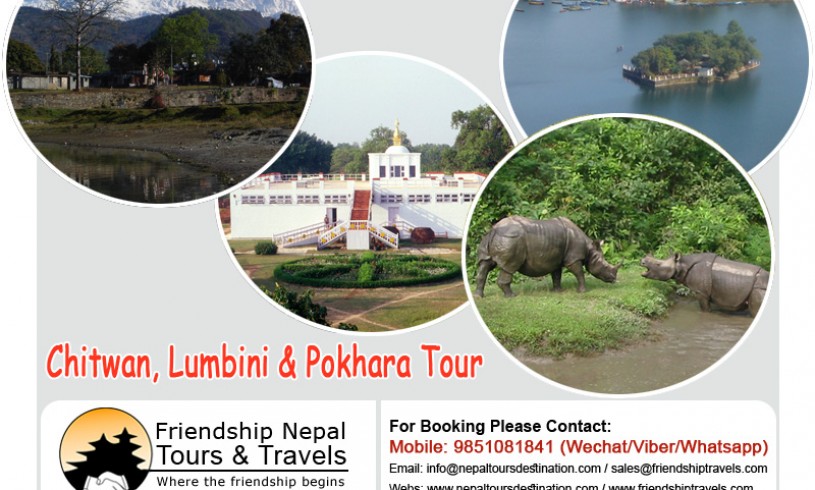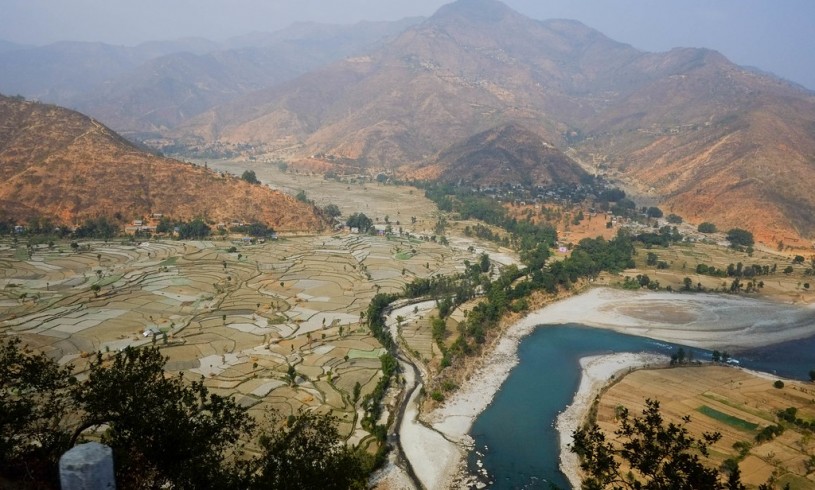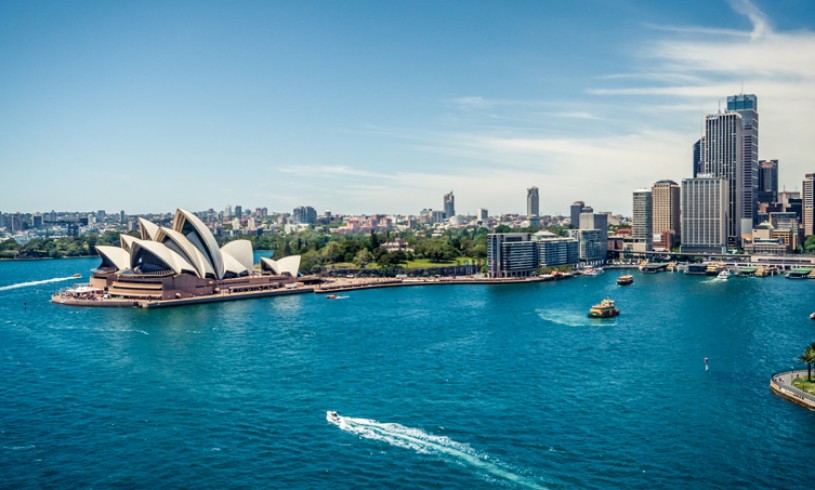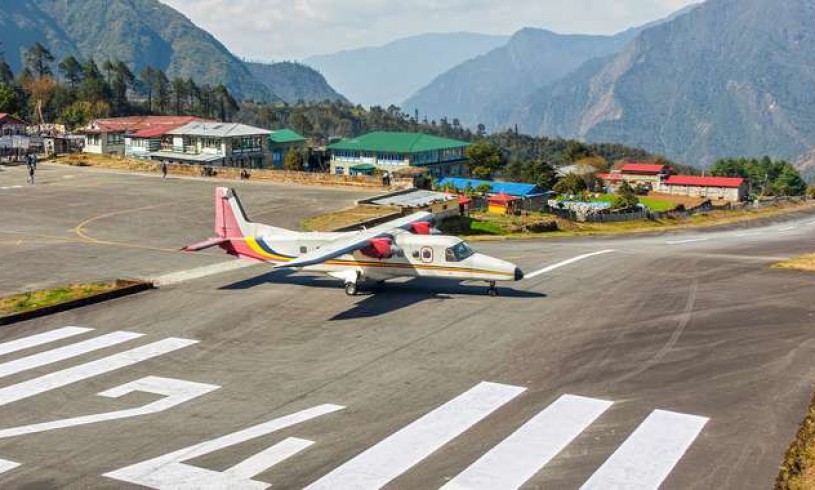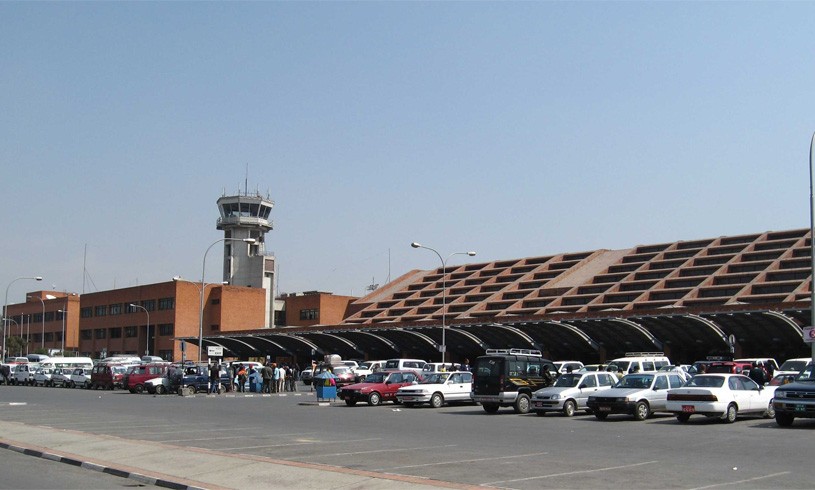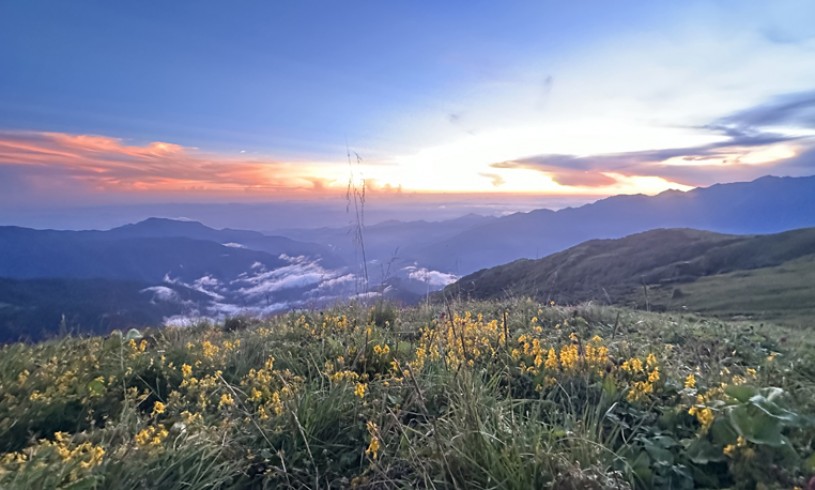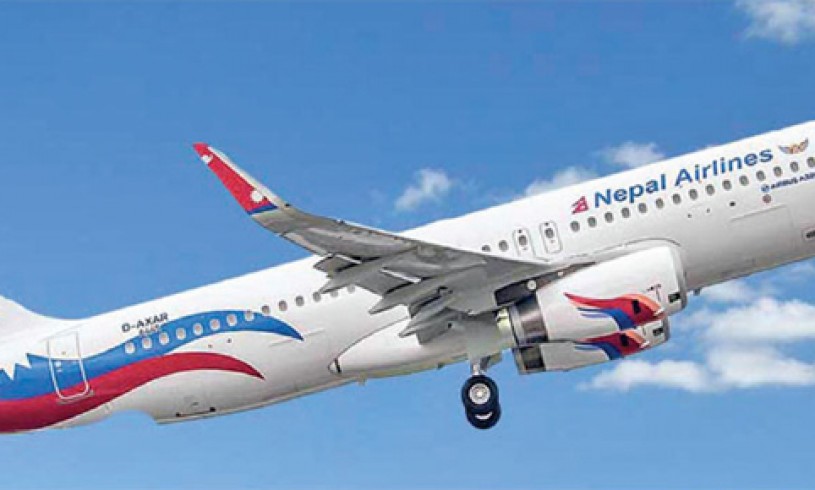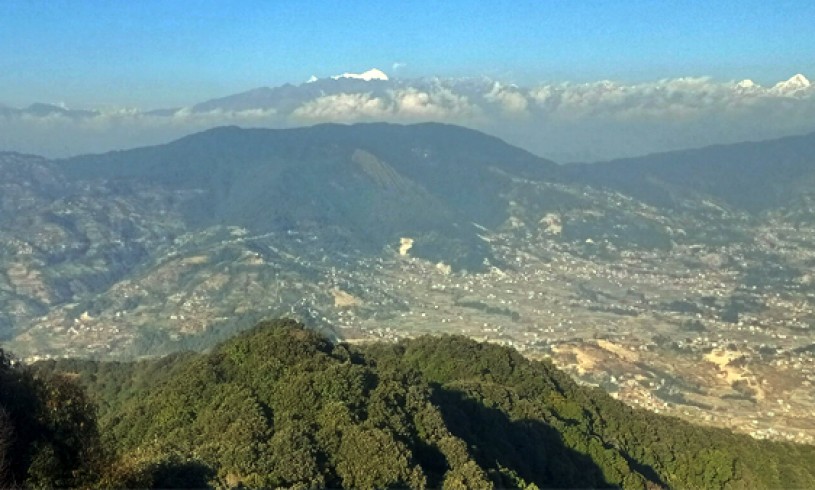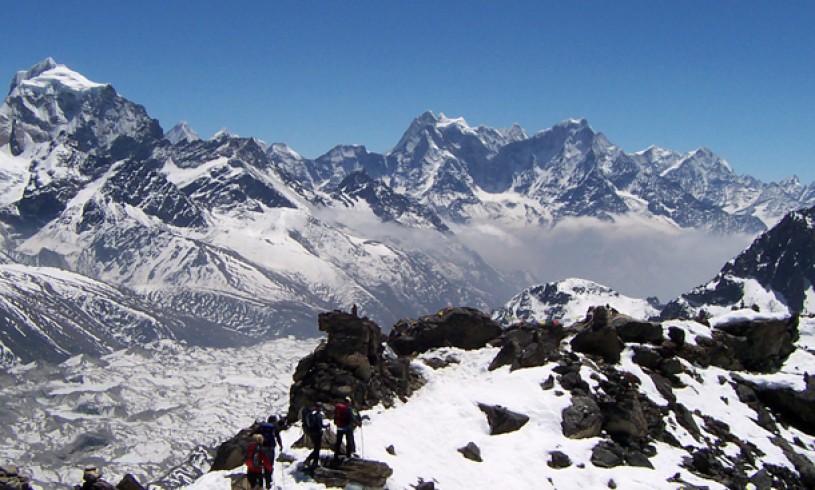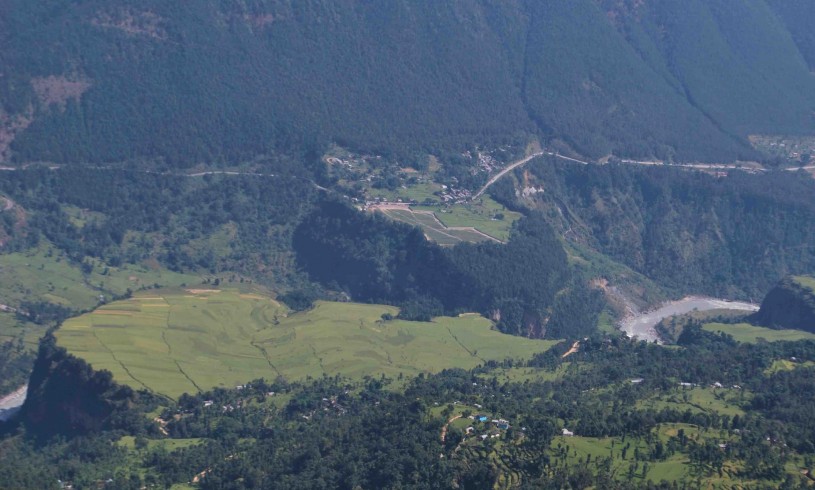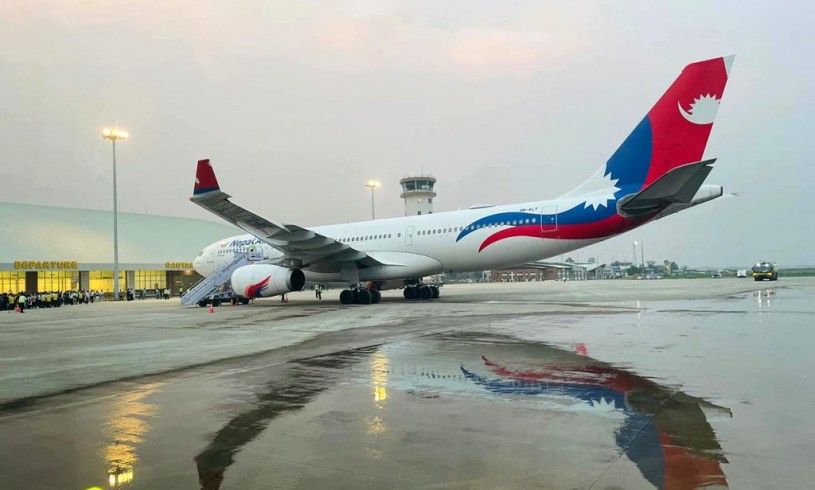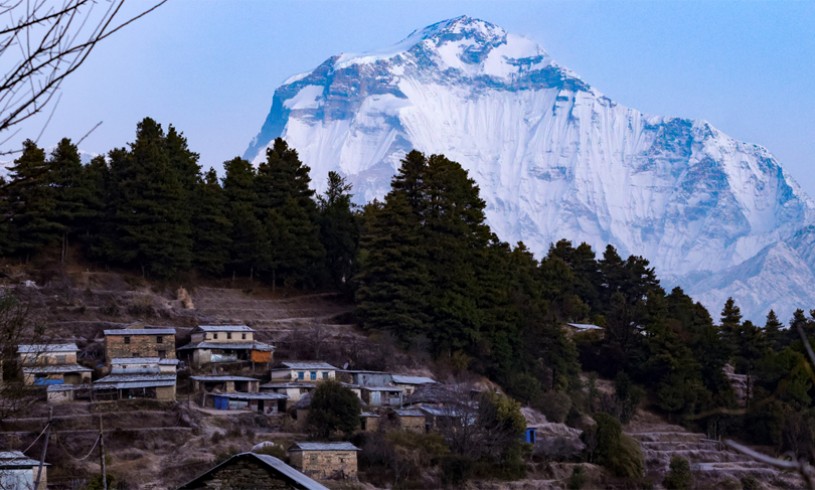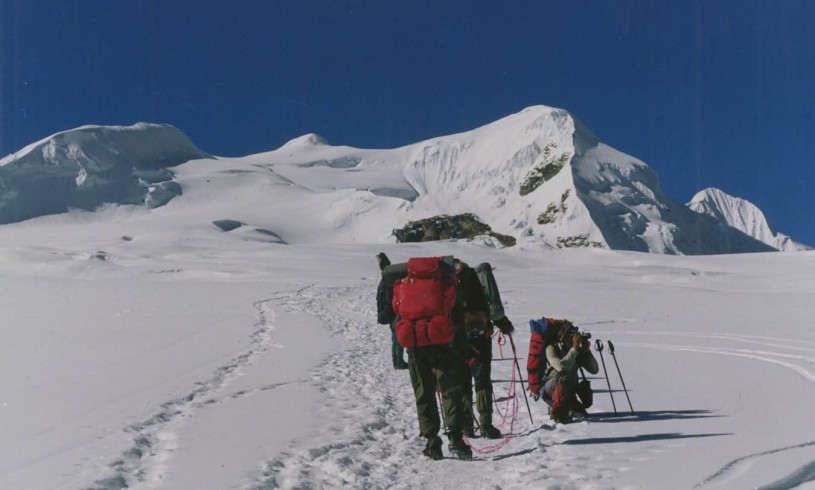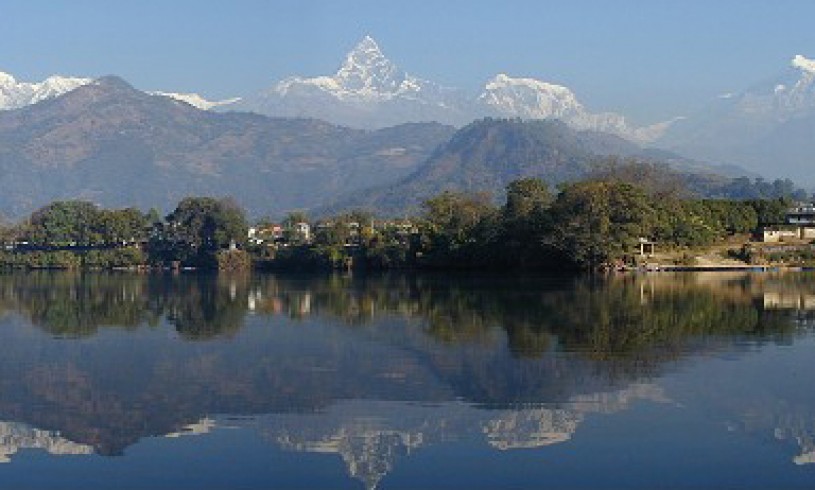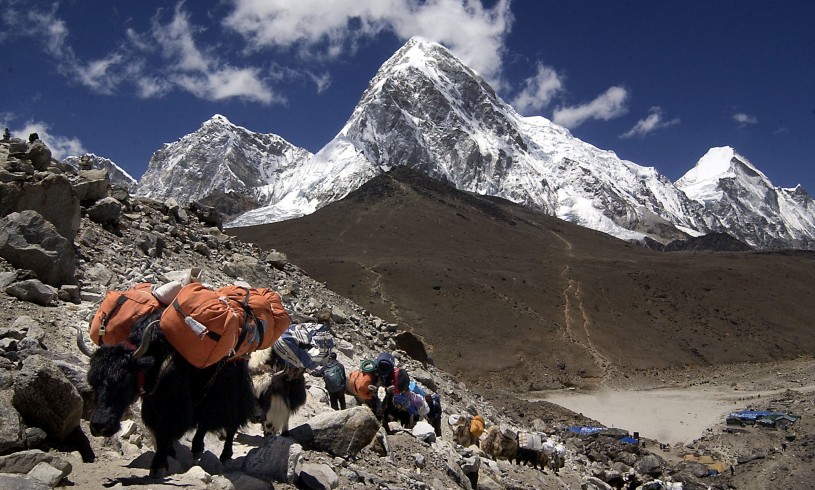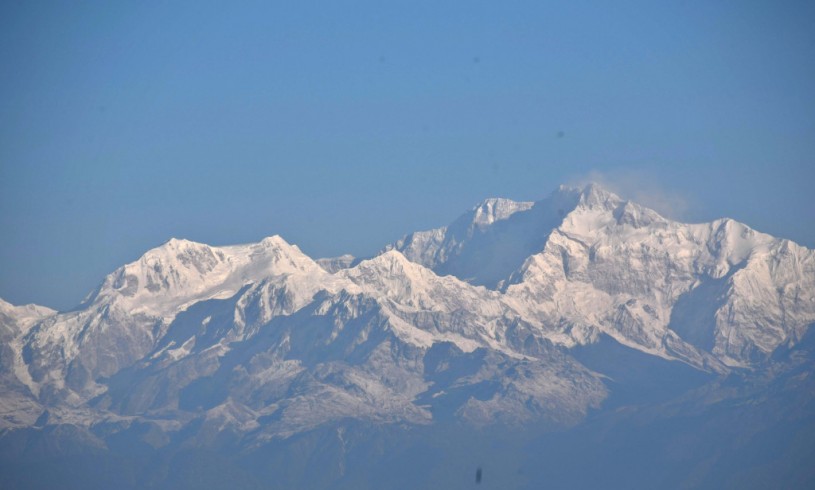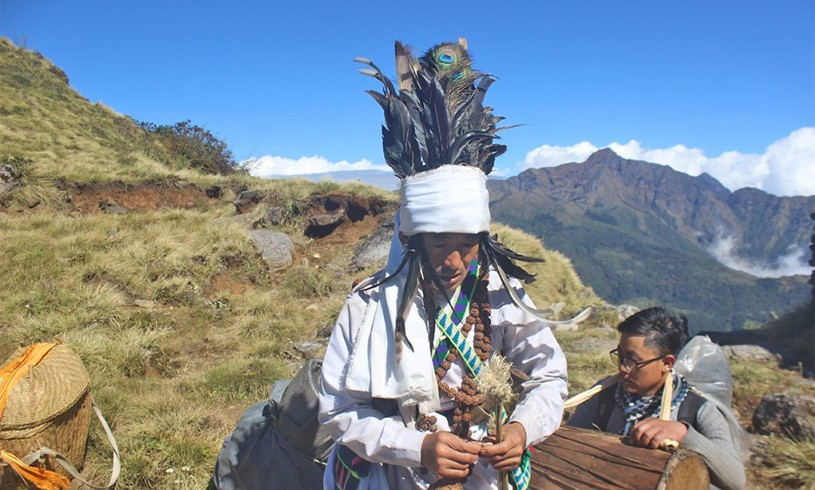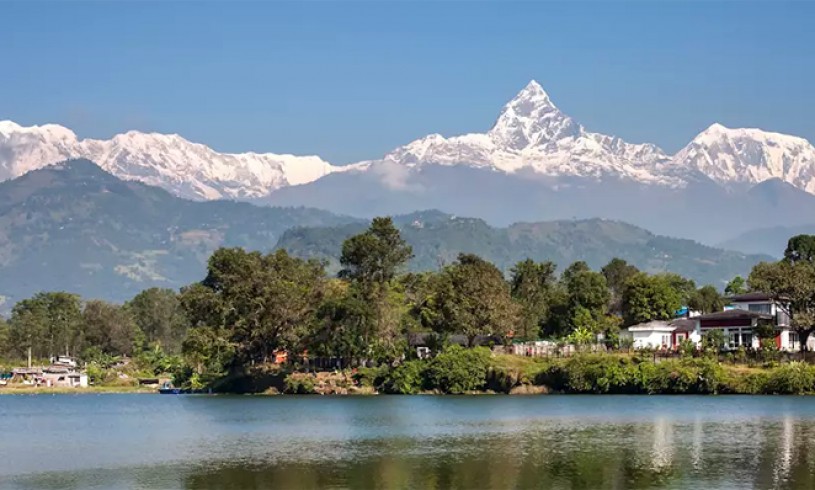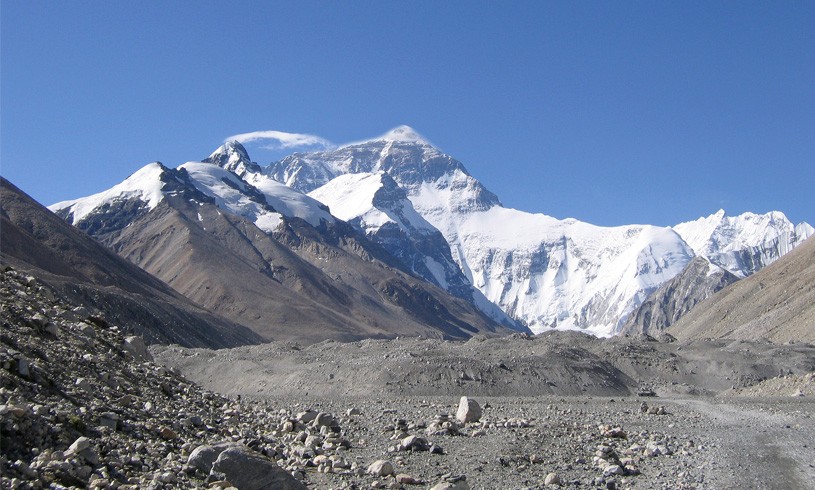
Tibet Tour from Nepal: A Complete Guide to an Unforgettable Adventure
Tibet, the land of towering mountains, sacred monasteries, and ancient traditions, is one of the most unique and spiritual places on Earth. And what better way to begin your Tibetan adventure than from Nepal, a neighboring country that offers an accessible gateway to this mystical region. If you're considering a Tibet tour from Nepal, this guide will take you through everything you need to know-from travel options and permits to must-visit sites and essential tips.
Why Take a Tibet Tour from Nepal?
Nepal and Tibet share a long history of cultural exchange, with both regions being deeply intertwined in Buddhist traditions. For travelers, Nepal serves as the ideal starting point for a Tibet journey for several reasons:
- Proximity: Nepal borders Tibet to the south, making it the most convenient entry point for visitors.
- Spiritual Experience: Both regions are home to rich Buddhist traditions and sacred sites. A Tibet tour offers the opportunity to delve deeper into these spiritual practices.
- Breathtaking Landscapes: Traveling from Nepal to Tibet gives you a chance to witness some of the world’s most stunning landscapes, including the Himalayas, Mount Everest, and serene lakes.
- Cultural Immersion: Tibet's unique culture, shaped by centuries of Tibetan Buddhism, offers a truly one-of-a-kind experience for travelers.
How to Travel from Nepal to Tibet
There are two primary ways to reach Tibet from Nepal: by air and road. Both options offer unique experiences, so let’s explore them in detail.
Option 1: Flying from Kathmandu to Lhasa
The fastest and most convenient way to reach Tibet is by taking a direct flight from Kathmandu (Nepal) to Lhasa (Tibet).
- Flight Duration: The flight takes about 1.5 hours, giving you a bird’s-eye view of the Himalayan peaks as you fly into Tibet.
- Airlines: Airlines such as Air China, Sichuan Airlines and other airlines operate flights between Kathmandu and Lhasa.
- Best for: Travelers with limited time or those who prefer a quicker route to Lhasa.
What to Expect:
- You’ll depart from Tribhuvan International Airport in Kathmandu, which has regular flights to Tibet. Upon arrival at Lhasa Gonggar Airport, you will have the chance to begin exploring the heart of Tibet, including its iconic Buddhist temples, monasteries, and the famed Potala Palace.
Option 2: Overland Journey from Kathmandu to Lhasa
For those seeking a more adventurous and scenic route, an overland journey is an unforgettable option. This journey takes you across rugged Himalayan terrain, offering incredible vistas along the way.
- Duration: The drive typically takes 6-7 hours from Kathmandu to the Tibet border (Kodari), and another 2-3 days to reach Lhasa.
- Overland Route: You’ll cross into Tibet via the Friendship Highway, which runs through high-altitude plateaus, remote villages, and stunning lakes.
- Best for: Adventure seekers, photographers, and those who want to fully immerse themselves in the landscapes of Tibet and Nepal.
What to Expect:
- You’ll drive through picturesque villages, Tibetan monasteries, and majestic mountain passes. The highlight is crossing into Tibet at the Kodari border and entering the Tibetan plateau. The road trip is a journey in itself, with ever-changing landscapes that offer endless photo opportunities.
Tibet Travel Permits and Documentation
Before heading to Tibet, it’s important to understand the required permits and visas. Tibet is a special administrative region of China, so travel there is subject to specific regulations.
1. Tibet Travel Permit
- Required for All Foreign Nationals: All travelers, including those from Nepal, need a Tibet Travel Permit to enter Tibet. This permit must be arranged through an authorized Chinese travel agency.
- How to Get It: The agency will assist in obtaining this permit on your behalf. The process can take several days, so it’s important to plan ahead.
- Important Notes: The Tibet Travel Permit is only valid for entry into Tibet and does not cover travel to other parts of China.
2. Chinese Visa or Tibet Group Visa
- Required for All Travelers: In addition to the Tibet Travel Permit, you will need a Chinese visa or Tibet group visa to enter Tibet.
- How to Get It: You can apply for a Chinese visa or Tibet group visa at the Chinese Embassy in Kathmandu. Ensure that your visa is valid for Tibet entry, as restrictions may apply for certain types of visas.
3. Group Travel Requirement
- Group Tours: Most travelers are required to join a group tour or have a licensed guide while traveling in Tibet. Independent travel is not permitted.
Top Attractions in Tibet
Tibet, often called the "Roof of the World," is a land of stunning landscapes, ancient monasteries, and a deeply spiritual culture. Whether you are drawn by its natural beauty, cultural treasures, or spiritual significance, Tibet offers countless unforgettable experiences. Here are some of the top attractions you shouldn’t miss:
1. Potala Palace, Lhasa
- Significance: A UNESCO World Heritage site and former residence of the Dalai Lama.
- Highlights: Its iconic white and red structure sits atop Marpo Ri Hill, offering panoramic views of Lhasa. Inside, discover golden stupas, intricate murals, and ancient Buddhist relics.
2. Jokhang Temple, Lhasa
- Significance: Tibet’s most sacred temple and a pilgrimage site for Tibetan Buddhists.
- Highlights: The temple houses the revered Jowo Shakyamuni statue, believed to have been crafted during the Buddha’s lifetime. Surrounding it is Barkhor Street, a vibrant hub of spiritual devotion and local culture.
3. Mount Everest Base Camp (North face side)
- Significance: The world's tallest mountain, viewed from its Tibetan side.
- Highlights: The northern base camp offers breathtaking views of Everest’s towering peaks, with fewer crowds compared to the Nepalese side.
4. Yamdrok Lake
- Significance: One of Tibet’s three sacred lakes, known for its stunning turquoise waters.
- Highlights: The lake is surrounded by snow-capped mountains and picturesque villages, making it a perfect spot for photography and quiet reflection.
5. Namtso Lake
- Significance: Another sacred lake, known as the “Heavenly Lake.”
- Highlights: Located at an altitude of 4,718 meters, Namtso offers incredible views of the Tibetan Plateau. It’s a favorite spot for stargazing due to its high altitude and clear skies.
6. Tashilhunpo Monastery, Shigatse
- Significance: The traditional seat of the Panchen Lama, Tibet’s second most important spiritual leader.
- Highlights: This sprawling monastery features a giant Maitreya Buddha statue and numerous halls adorned with intricate frescoes and Buddhist scriptures.
7. Sera Monastery, Lhasa
- Significance: One of the great three Gelugpa monasteries of Tibet.
- Highlights: Famous for its lively debating sessions among monks, which take place in the monastery courtyard in the afternoons.
8. Rongbuk Monastery
- Significance: The highest monastery in the world, located near Mount Everest.
- Highlights: Provides stunning views of Everest and a tranquil atmosphere for reflection. The monastery serves as a spiritual stop for mountaineers heading to the Everest Base Camp.
9. Gyantse Kumbum
- Significance: A unique multi-tiered stupa located in Gyantse.
- Highlights: The Kumbum is filled with thousands of murals and statues, offering a glimpse into Tibetan art and religious symbolism.
10. Shigatse City and the Pelkor Chöde Monastery
- Significance: A blend of Tibetan Buddhism’s different sects.
- Highlights: The monastery is home to the famous Gyantse Kumbum and a rich historical legacy.
11. The Tibetan Plateau
- Significance: Known as the highest and largest plateau on Earth.
- Highlights: Marvel at the vast grasslands, remote villages, and grazing yaks, which epitomize the untouched beauty of Tibet.
12. Sakya Monastery
- Significance: The principal monastery of the Sakya school of Tibetan Buddhism.
- Highlights: Famous for its fortress-like structure and a vast collection of ancient Buddhist scriptures.
13. Lulang Forest
- Significance: Known as the “Little Switzerland of Tibet.”
- Highlights: This verdant alpine forest is dotted with wildflowers, snow-capped peaks, and charming wooden cottages.
14. Ganden Monastery
- Significance: One of the oldest and most important monasteries of the Gelugpa school.
- Highlights: Its hilltop location offers incredible views, and the surrounding pilgrimage circuit is a popular trek.
15. Norbulingka Palace
- Significance: The summer residence of the Dalai Lama.
- Highlights: Explore its beautifully landscaped gardens, ornate halls, and historical artifacts.
Best Time to Visit Tibet
While Tibet can be visited year-round, the best times to go are during the spring (April-May) and autumn (September-October).
- Spring (April-May): The weather is mild, and the skies are clear, making it perfect for sightseeing and photography.
- Autumn (September-October): This is also a great time to visit due to the clear skies, pleasant weather, and the Tibetan festivals that take place.
- Winter (November-February): While the weather is cold, this is the least crowded season, and you can enjoy the quiet beauty of Tibet without the crowds.
Important Travel Tips for Tibet
- Altitude Sickness: Lhasa is at an elevation of 3,650 meters (11,975 feet), and other parts of Tibet are even higher. Take it slow, stay hydrated, and allow time for acclimatization to avoid altitude sickness.
- Respect Local Culture: Tibetans are deeply religious, and their culture is centered around Buddhism. Be respectful when visiting temples and monasteries. Always ask before taking photos, especially of people.
- Pack Appropriately: Even during summer, temperatures in Tibet can be chilly, especially at higher altitudes. Pack warm clothing, sunblock, and comfortable walking shoes for trekking and exploring.
Embark on Your Tibet Adventure from Nepal
A Tibet tour from Nepal is a journey that combines adventure, spiritual discovery, and cultural exploration. Whether you choose to fly directly to Lhasa or take the scenic overland route, Tibet offers a wealth of experiences that will stay with you forever.
From the grandeur of the Potala Palace to the serene beauty of Yamdrok Lake, Tibet is a place like no other. So, if you're seeking an unforgettable journey into the heart of the Himalayas and beyond, a Tibet tour from Nepal is a perfect adventure waiting to be explored.
Ready to begin your Tibet journey? Contact us today to learn more about our Tibet tour packages, or leave a comment below to share your thoughts and experiences!

